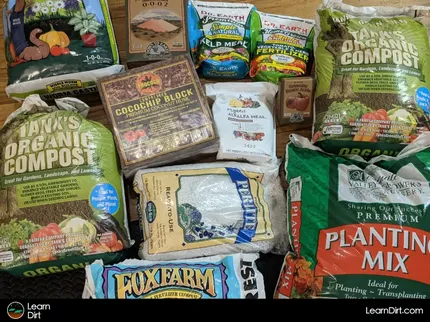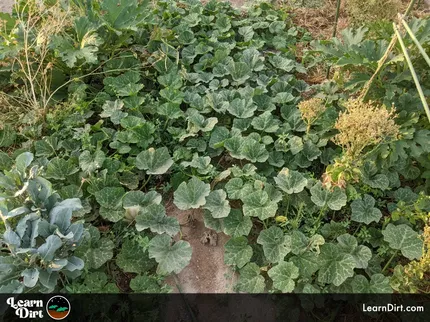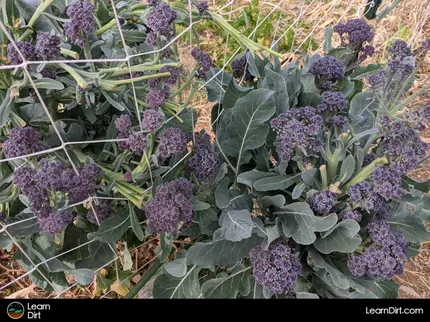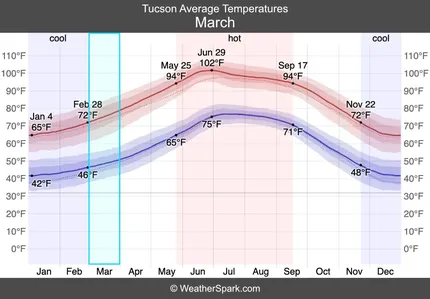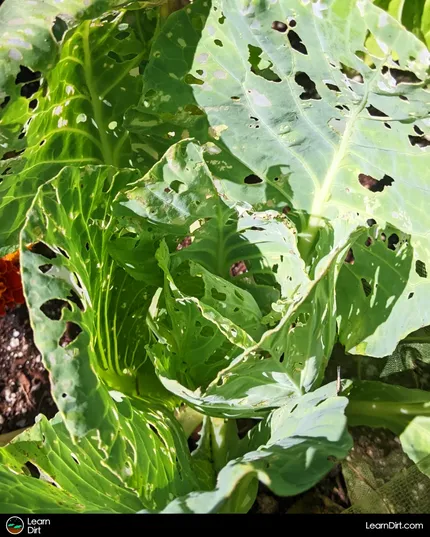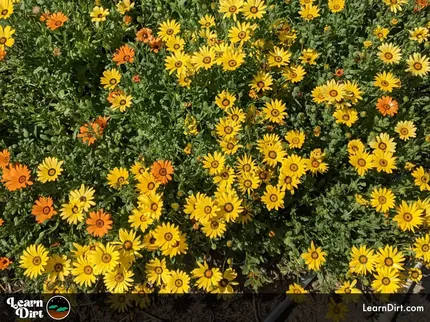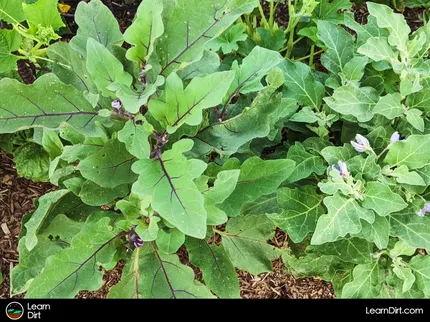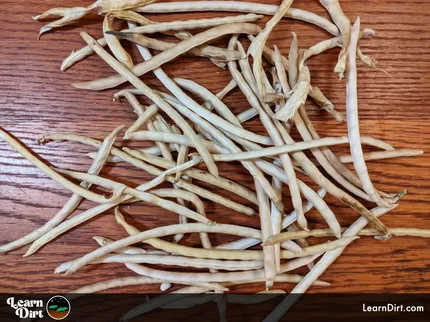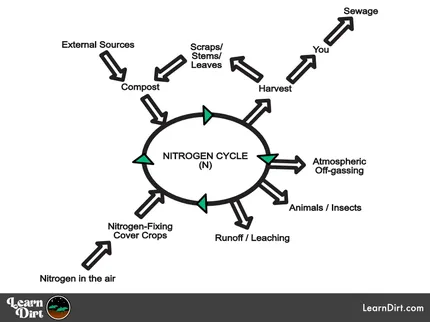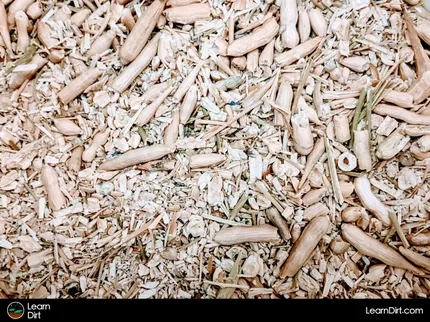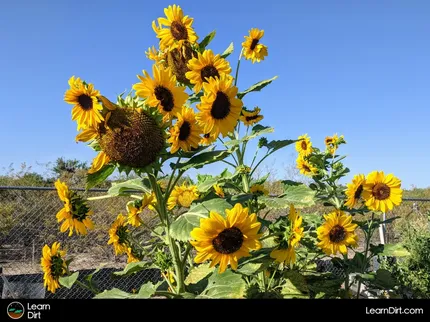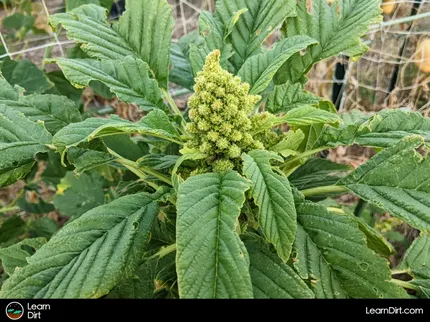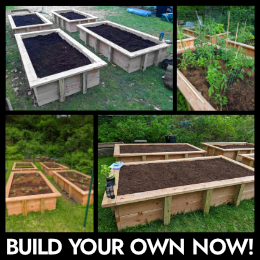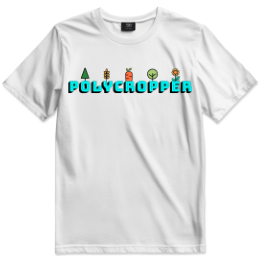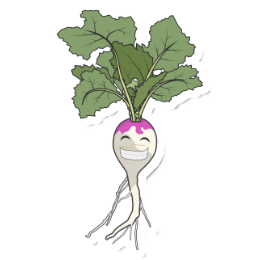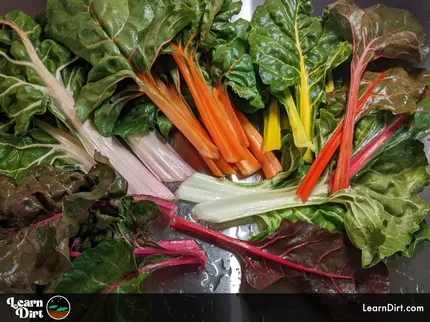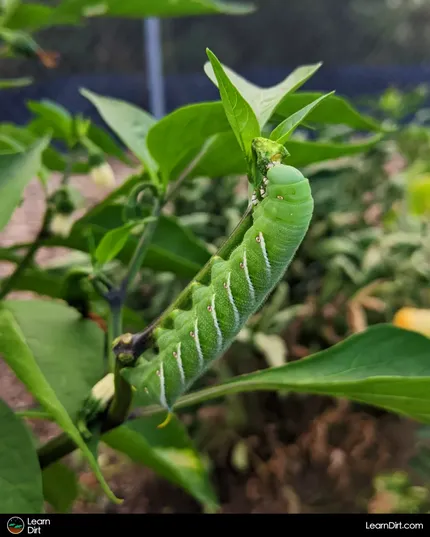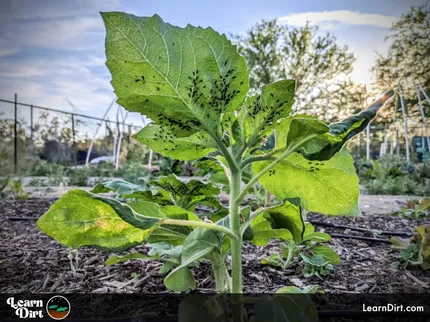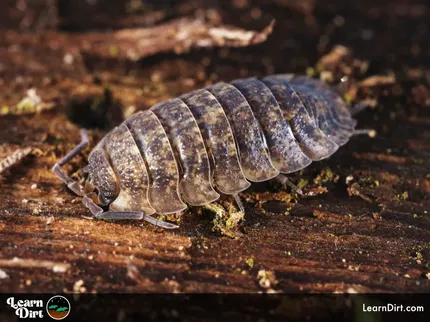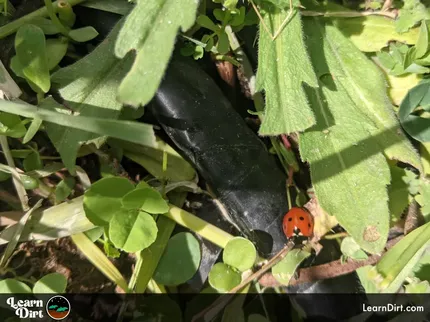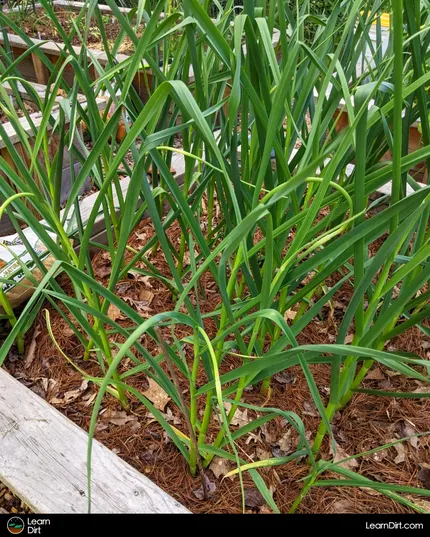Table of Contents
- Organic Mulch for Vegetable Gardens
- Kinds of Organic Garden Mulch
- Cheap Garden Mulch
- When to Mulch Your Garden
- How to Apply Mulch
- Mulch for Raised Garden Beds
* Our articles never contain AI-generated slop *
Mulch is often an afterthought for gardeners, but it can make all the difference in the world for unlocking better results in your garden.
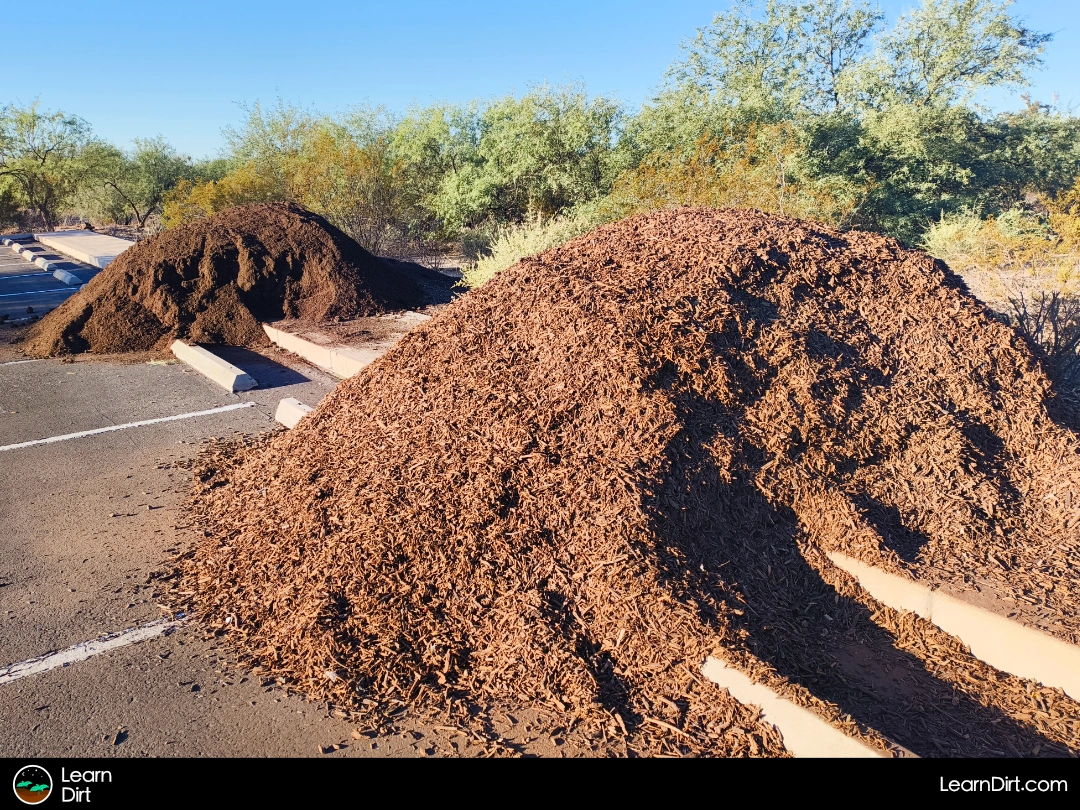
There are a ton of different garden mulch options available, so choosing the best one for your situation can get a bit confusing. Not to worry, though!
Here we'll look at a ton of mulch options, see what the differences are, and for which uses each type of mulch is best-suited.
Disclaimer: This post may contain affiliate links. Refer to the privacy policy for more information.
By the end of this article you'll be a certified mulching magician and know exactly what your garden needs
Organic Mulch for Vegetable Gardens
We're only looking at organic mulching options here, with a focus on veggie and herb gardens - though we'll look at flowers, fruit trees, and even cacti as well.
Kinds of Organic Garden Mulch
We've listed most common mulch types here (as well as a few lesser-known secrets) as well as some details about each to help you decide what you want to use in your garden.
Grass And Green Mulches
Grass Clippings
Chop And Drop
Living Mulch
Many plants with low growth habits act as living mulch - shading and protecting soil, locking in moisture, cycling nutrients, pumping carbon into tho soil, and suppressing weeds.
You might consider some of them to be weeds which you pull, but they could be benefitting your soil instead.
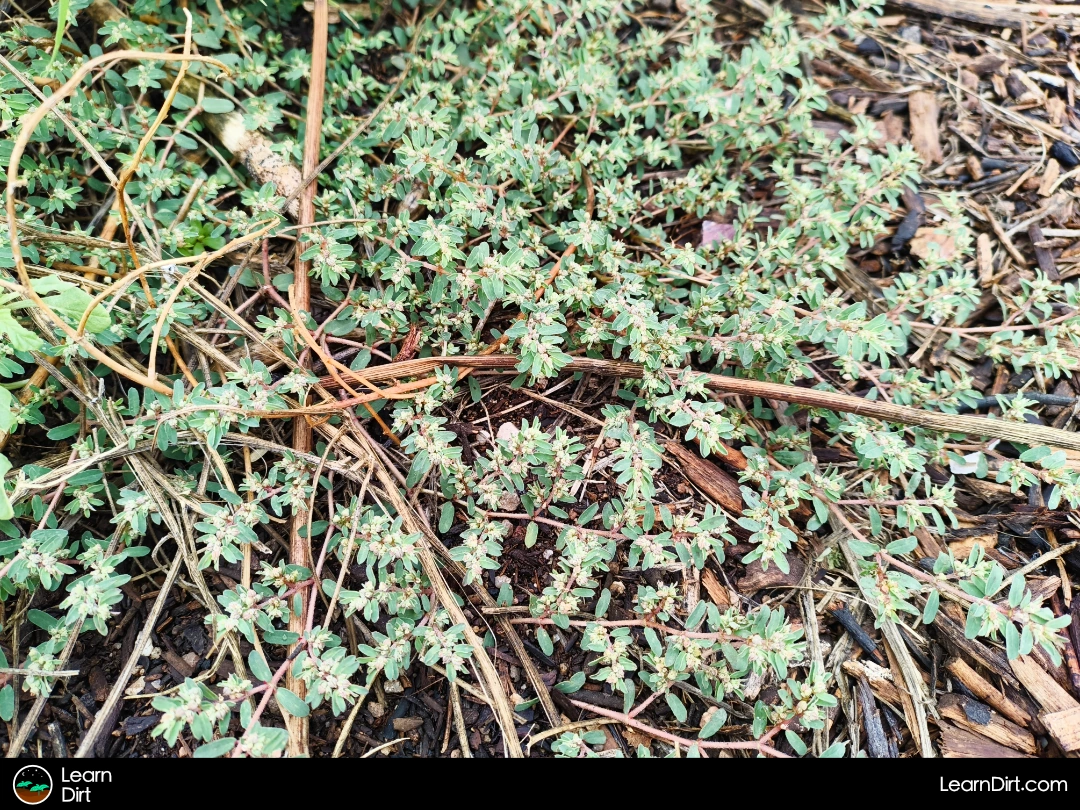
Often, nature gives you exactly what your soil needs. Many common "weeds" are just the ecosystem's attempt to remediate your soil. I find the majority of weeds give far more than they take - so it's important to familiarize yourself with the wild plants that pop up in your garden on their own.
Join The Grower's Community
Your space to connect, learn, and belong 🌱
Check It Out!
Approaching weeds with a default assumption that they're there to help (so long as they aren't invasive or really in your way) tends to yield much better results than assuming anything you didn't plant yourself should be pulled.
Some great cultivated options for living mulch include:
Cover Crop Residue
Leaf And Tree-Derived Mulches
Shredded Leaf Mulch
Leaf Mold Mulch
Hardwood Mulch
Wood Chip Mulch
Bark Mulch
Pine Bark Mulch
Cedar Mulch
Red Cypress Mulch
Pine Needle Mulch
Ramial Chipped Wood
Sawdust Mulch
Straw And Hay Mulches
Straw Mulch
Hay Mulch
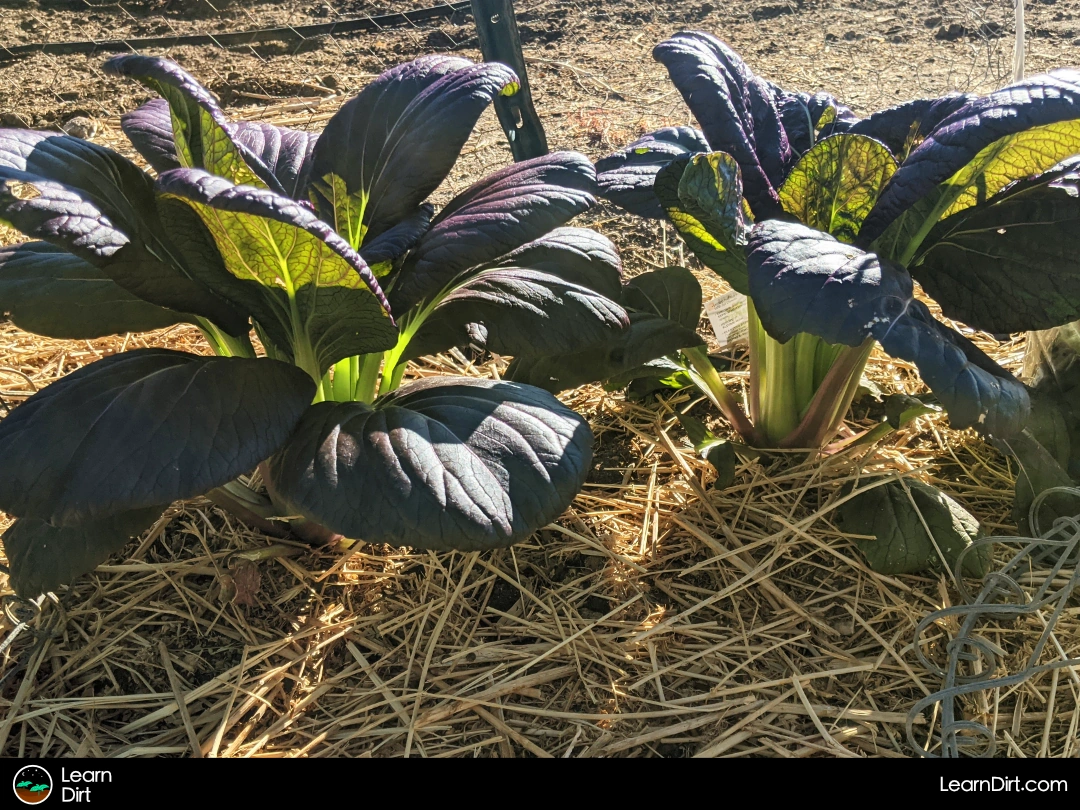
Salt Marsh Hay
Alfalfa Hay Mulch
While hay can be made of many things, alfalfa hay really shines when it comes to nitrogen content - because alfalfa is a nitrogen-fixing legume.
That means that alfalfa works with nitrogen-fixing bacteria to access atmospheric nitrogen from the air, and locks it into plant matter.
When used as a mulch, alfalfa hay not only covers and protects soils, suppresses weeds, and locks in moisture (it does all that like any other mulch) but also adds nitrogen to the soil as it breaks down. Win-win!
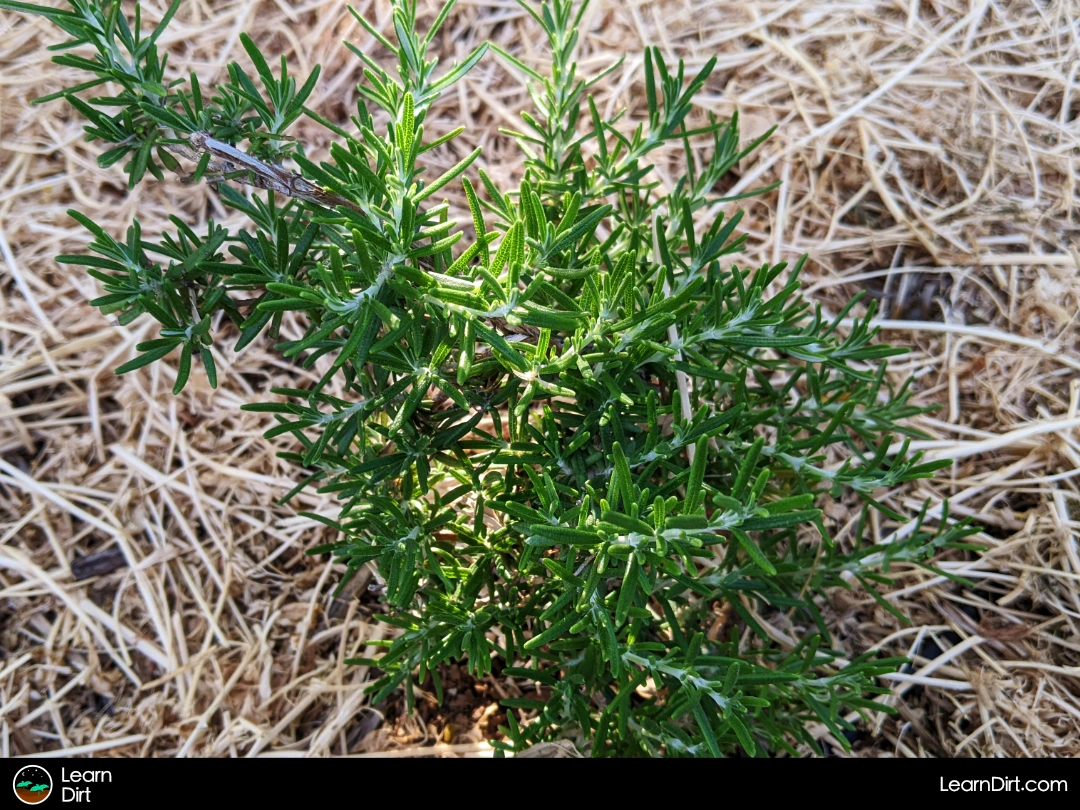
Sugar Cane Mulch
Corn Stalk Mulch
Shell And Husk Mulches
Cocoa Bean Mulch
Coconut Husk Mulch
Peanut Shell Mulch
Rice Hull Mulch
Buckwheat Hull Mulch
Corncob Mulch
Cottonseed Hull Mulch
Paper And Fiber Mulches
Paper Or Cardboard Mulch
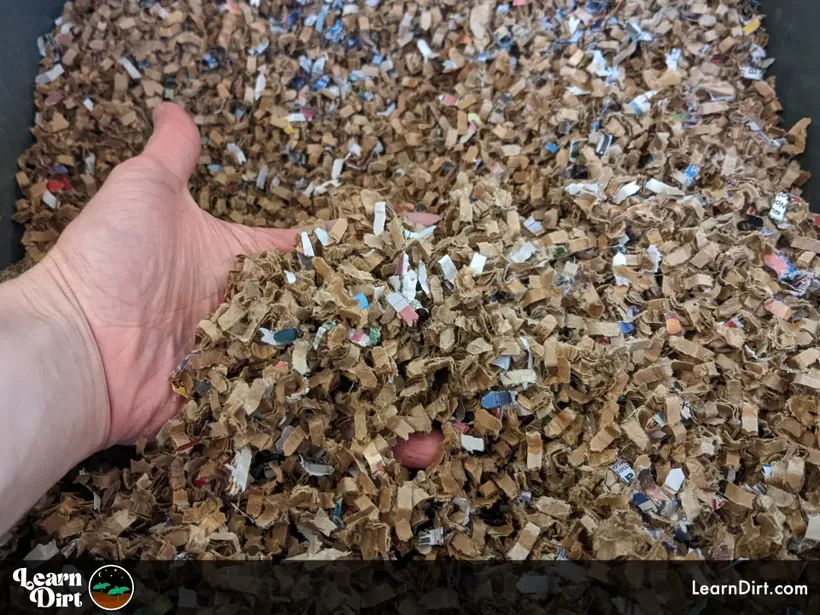
While most paper shredders aren't rated for cardboard, I've found that this 12-sheet micro shredder is easily tough enough for the job.
(Note that it does not explicitly say it can do cardboard, but I've done hundreds of boxes with it and many of the reviewers also use it for cardboard)
Shredded Newspaper Mulch
Wool Mulch
Jute Or Burlap Mulch
Hemp Mulch
Compost And Soil Amending Mulches
Compost Mulch
Well-Rotted Manure Mulch
Mushroom Compost Mulch
Leaf Compost Blend
Biochar-Enriched Mulch
Byproduct Mulches
Coffee Ground Mulch
Tea Leaf Mulch
Seaweed Mulch
Banana Leaf Mulch
Cheap Garden Mulch
The least expensive garden mulch option is to use what you've got!
Remember that any mulch you purchase was once a plant. If you've got plants you no longer need, you've already got mulch.
This is where chop and drop comes in. Almost any plant matter you've got around can be mulch:
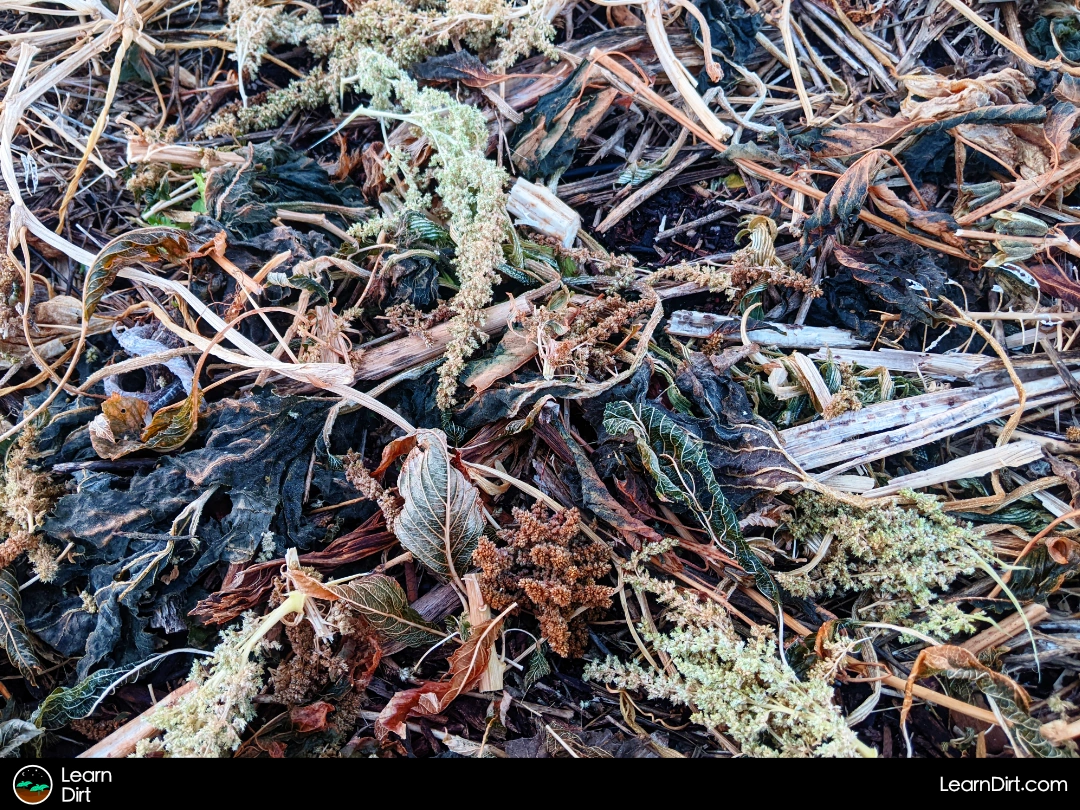
When to Mulch Your Garden
Use mulch when plants are established, and tall enough to pop through it.
Seedlings can germinate and sprout through a thin layer of mulch, but will struggle breaking through really thick sheet mulch.
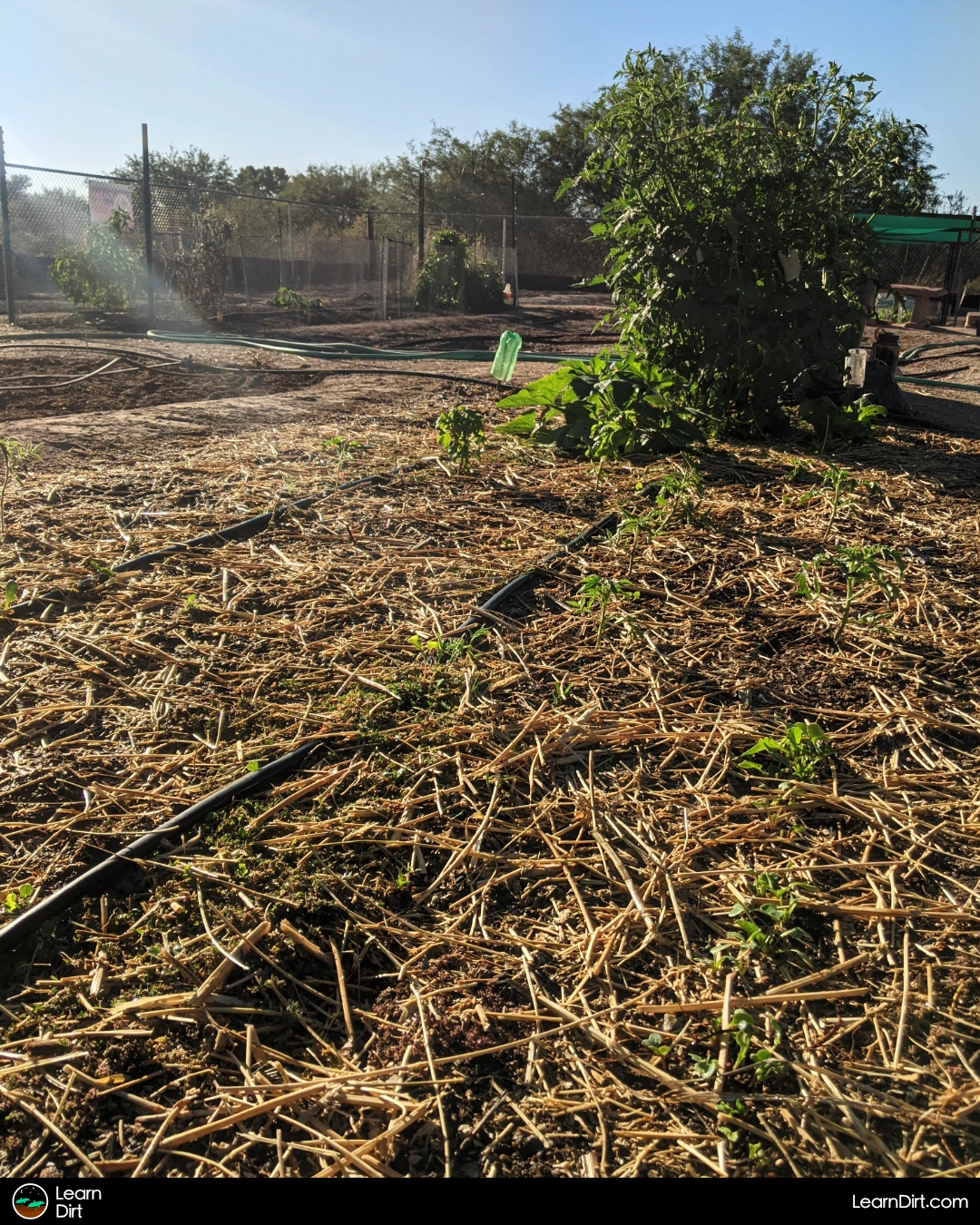
As seedlings pop up above the mulch, I layer more on each week.
This keeps the microbiome well-fed (isopods, fungi, worms, grubs, beneficial bacteria and more need decomposing matter to eat) and gives plants time to get a bit taller befor adding each layer.
As long as you don't smother your seedlings out, you're all good!
Keep adding mulch throughout the season. For soil-building and decomposer food, I think of it like shovelling coal into an old locomotive - a constant chore you need to stay on top of. When in doubt, mulch heavier!
Even a small garden plot or raised bed can consume multiple bales of hay or straw each growing season if the microbiome is healthy. All that mulch is broken down by the decomposers into a fresh layer of soil which you plants can access, so keep an shoveling more mulch in all season long for best results!
Remember that pill bugs, slugs, snails, and other decomposers will eat your living plants if they're starved for food - but they'd all prefer to eat dead mulch! Feed them well and they'll pay your plants less mind. Don't let your decomposers go hungry.
How to Apply Mulch
I find mulch is easeir to apply when plants are small, as you can just sprinkle it everywhere while standing up.
Once plants are big and bushy, you'll have to get down low and spread mulch across the soil and around their stalks from below.
Dig Cool Merch?
Apply thin layers of mulch for germination and small seedlings, and thicker layers of mulch for established plants. The bigger the plant is, the more mulch you should add.
This ensures the microbiome is fed well enough to cycle a ton of nutrients in symbiosis with your plants - ensuring your plants are well-fed by extension. Today's mulch becomes tomorrow's soil. Tomorrow's soil becomes plants the day after.
Mulch for Raised Garden Beds
If you've got raised garden beds or plan on building some, mulch is a great way to top up the organic matter in the beds.
Because it will break down into a fresh layer of soil, constant additions of mulch will ensure that you're adding more to the beds than you're taking from harvests.
Nutrients alse seep out of the bottom of garden beds and down into the topsoil, and mulch replenishes the nutrients lost to this leaching.
You may notice that the soil level in your raised garden beds drops over time - an indicator that you need to be adding more organic matter at a faster pace.
If the level drops over time, go heavier on your mulch additions, and add more mulch every few weeks during the growing season.
It breaks down into soil rapidly when your soil microbiome is healthy, and the soil decomposers can eat a lot of mulch!
As one of the best ways to keep the microbiome well-fed, think of mulch as the food that the soil critters need to create your next layer of soil.
That's all for now, thanks for reading!
If you have any questions, comments, or would like to connect with fellow gardeners, head on over to the forum and post there.

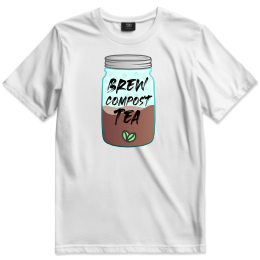

![Black Dirt Live Again [Green]](/media/product_images/black-dirt-live-again-[green]_sticker_260x260.png)
